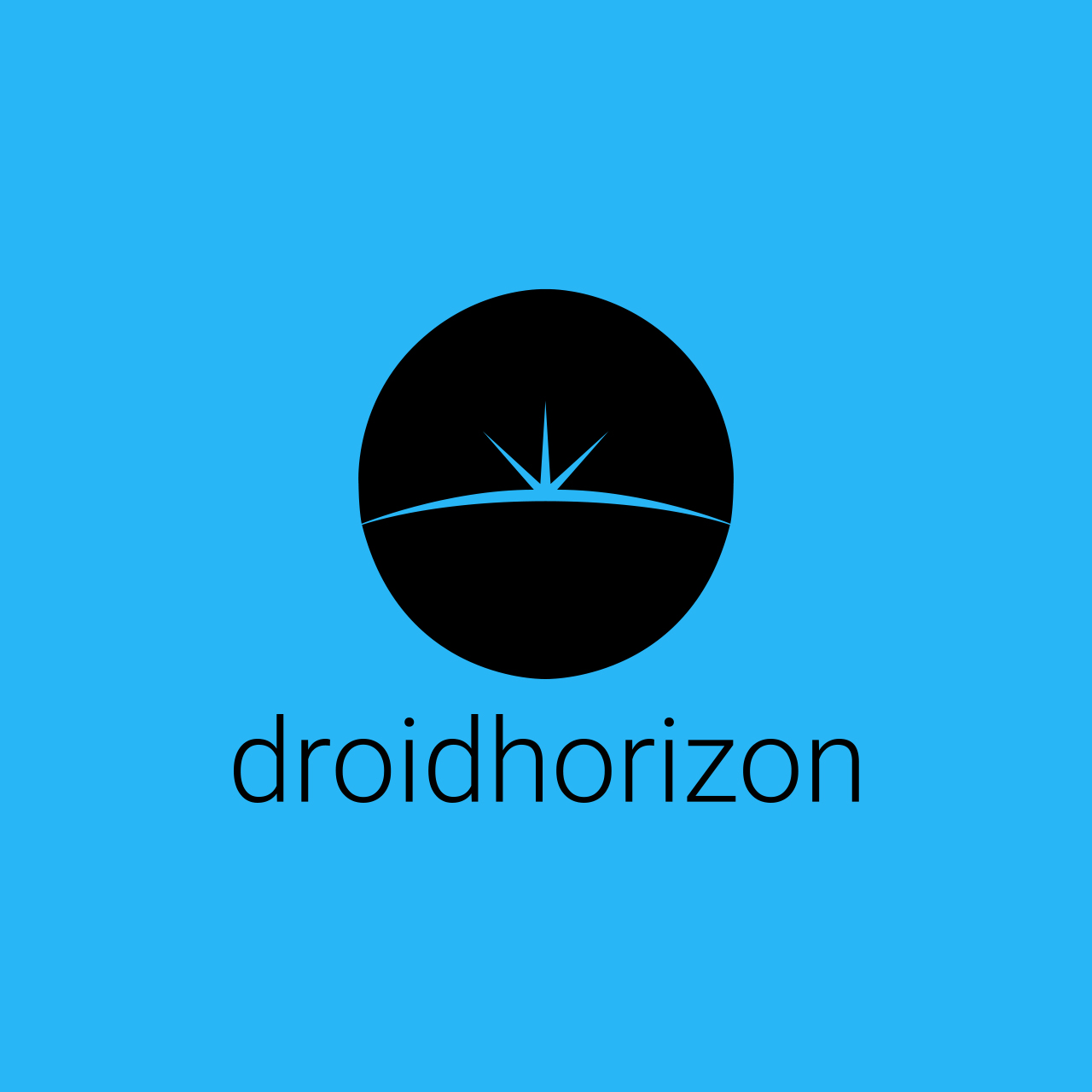The age of portability has been here for quite a while, and we’re basically in an era when you don’t need a desktop computer because you can now just use your smartphone. The only set back is the smaller screen. One of the most important factors when it comes to owning a portable device in the first place is the charging method that it takes, and how fast it’s able to charge, and this might seem like a boring topic but charging speed for out portable devices and the way we go about it is just as important as the device that’s charging.
Let’s first start with an example with what’s happening with portable devices these days, in this case, we’re going to be focusing on smartphones. Every year the biggest and smaller brands release their phones. The three big ones are Samsung, Huawei and Apple, almost everybody hears about what new phone they have coming out and it’s the most anticipated. Then you’ve smaller brands such as LG (in terms of its smartphone line), OnePlus, Sony or Motorola; that have their phones, too, which may not be as popular as the three big brands that we just mentioned, but many people still know about them and purchase their phones.
Something that all phones have in common each year is that they have the latest specs, or at least they try to. Meaning that they all have the latest processors, they use more RAM with the standard now being that Android phones are using up to 6GB, 8GB or even 12GB of RAM, which is insane. To add to that, they have better screens and the cameras on modern phones are very good because they now make use of three lenses, such as the new iPhone 11 Pro having a Telephoto, Wide and Ultra-wide lense.
To add to those specs, phones are also using a higher refresh rate that uses more power, and many people are going to want a higher refresh rate after using it once because it’s such as great experience. There’s also 5G, even though it’s in its infancy the tech will be growing faster.
All of these new and improved features on such small devices are an absolute blessing from these tech giants, but there’s an underlying issue and that would be the battery consumption that all these new features take a hit on. The solution that brands are focusing on to mitigate the issue of an early burnt-out battery is to use larger batteries. The Samsung Galaxy S and Note series is a great example of that. With the Note 10+ and the S10+ now using a 4,000mAh battery, whereas in the past the Galaxy S series would have a smaller battery, they’re now on equal ground.
Even the iPhone 11 Pro Max has a very large battery of 3,969mAh. iPhones have always been known for having small batteries because they’re great as managing their power. So using a power bank with your iPhone 11 Pro is a good idea. The use of larger batteries is welcome, but at the same time, it does cause a problem and that would be the fact that it does take longer to recharge with a larger battery.
The advances in specs such as performance, display, and other features are not only present in smartphones, but it’s also present with tablets and laptops, too.
This is where a universal charging method is vital for the future of portable devices because there’s an ecosystem of people using these highly powerful devices that can’t possibly be using different chargers. Well, that could happen, but thankfully that’s not really what’s happening.
What’s enabling the ability to charge a smartphone, tablet, and laptop to charge using the same type of a charger is known as USB-C Power Delivery charging. Most importantly it’s the USB-C port. The USB-C port is a standard port that has taken the place of Micro-USB for quite a lot of portable devices such as keyboards, mouses or headphones, too. The great thing about the USB-C port is its versatility, either physically because it has reversible sides so you can’t place it in the wrong way, also how it’s able to deliver so much power, hence the “Power Delivery”.
So Power Delivery is fast charging that can be used for a wider range of devices that make use of a USB-C port and this powerful charging can go up to 100W, so there are many doors opened in regards to what devices can use it.
A recent example of portable devices using the USB-C port is from Microsoft’s event where they unveiled their Surface Pro X, Surface Pro 7 and Surface Laptop 3. All three of those devices are now using a USB-C port and you what that means? USB-C Power Delivery charging, as it’s a convenient way to charge.
If you own a USB-C Android smartphone (which is an Android smartphone released for a long time), you’ll find that using a USB-C Power Delivery port to charge from will fast charge your smartphone. Also, the iPhone is Power Delivery compatible. The iPhone has been able to fast charge using Power Delivery ever since the release of the iPhone 8. Not many people know because Apple has been shipping their thousand dollar phone with a slow 5W charger.
The goods news is that if you’re purchasing their new iPhone 11 Pro or 11 Pro Max, then you’ll be receiving an 18W USB-C PD charger within the box.
The main highlight of PD charging is that you can use a powerful 60W PD charger that you use to charge your laptop, to also charge your phone.
